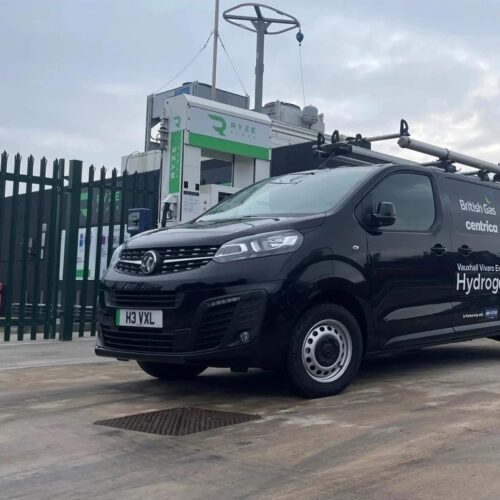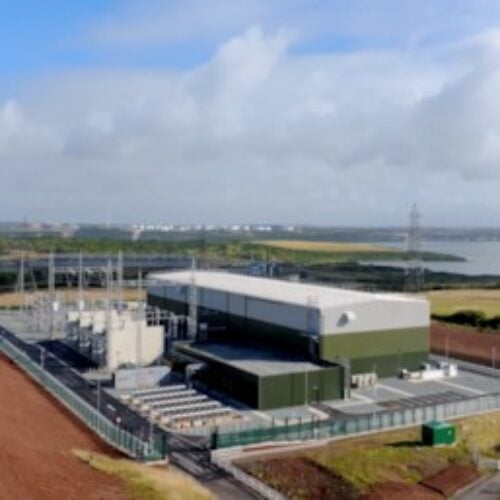On 22 December, a fault on the IFA Interconnector between France and the UK caused a 49.2Hz frequency event leading to a loss of 2GW on the UK grid.
Discussed on LinkedIn by Roger Hollies, chief technology officer at Arenko Group, the frequency dropped to 49.55Hz in four seconds. Hollies explained that the grid disturbance was so deep that this then “caused a trip of multiple generators in Scotland and over the next 20 seconds sent the frequency plummeting to risky low levels”.
Speaking exclusively to Current±, Shivam Malhotra, senior consultant at LCP Delta, explained that IFA1 is made of two completely independent bipole cables (1GW each). This means that half the cable can be on outage without affecting the other half.
On 22 December, IFA1 was already on a half outage, and this event caused a full outage due to a fault on the 2nd cable. You can see the frequency drop via the image below:

“To rectify this frequency event, National Grid ESO utilised their frequency response services, including turning up generation in the south of the UK. They were already importing across most other southern interconnectors,” Malhotra explained.
However, Hollies made a case for battery energy storage and how the technology could have minimised the frequency event. According to Hollies “there are a huge volume of batteries (over 4GW) ready and available to provide services. If enough frequency response was contracted from batteries this event could’ve been contained to the initial fault”.
Adding on battery energy storage, Malhotra said: “Having battery storage and other assets which can respond to these events (predominantly DC alongside other post-fault frequency response services), allowed the system to come back to a stable system frequency swiftly with no issues.
“In the coming days, we’ll see the metering from all transmission-connected balancing mechanism assets be released, and we’ll be able to see how these assets responded to this event. Technology like battery energy storage is critical in allowing us to deal with events like this both post and pre-fault.”






